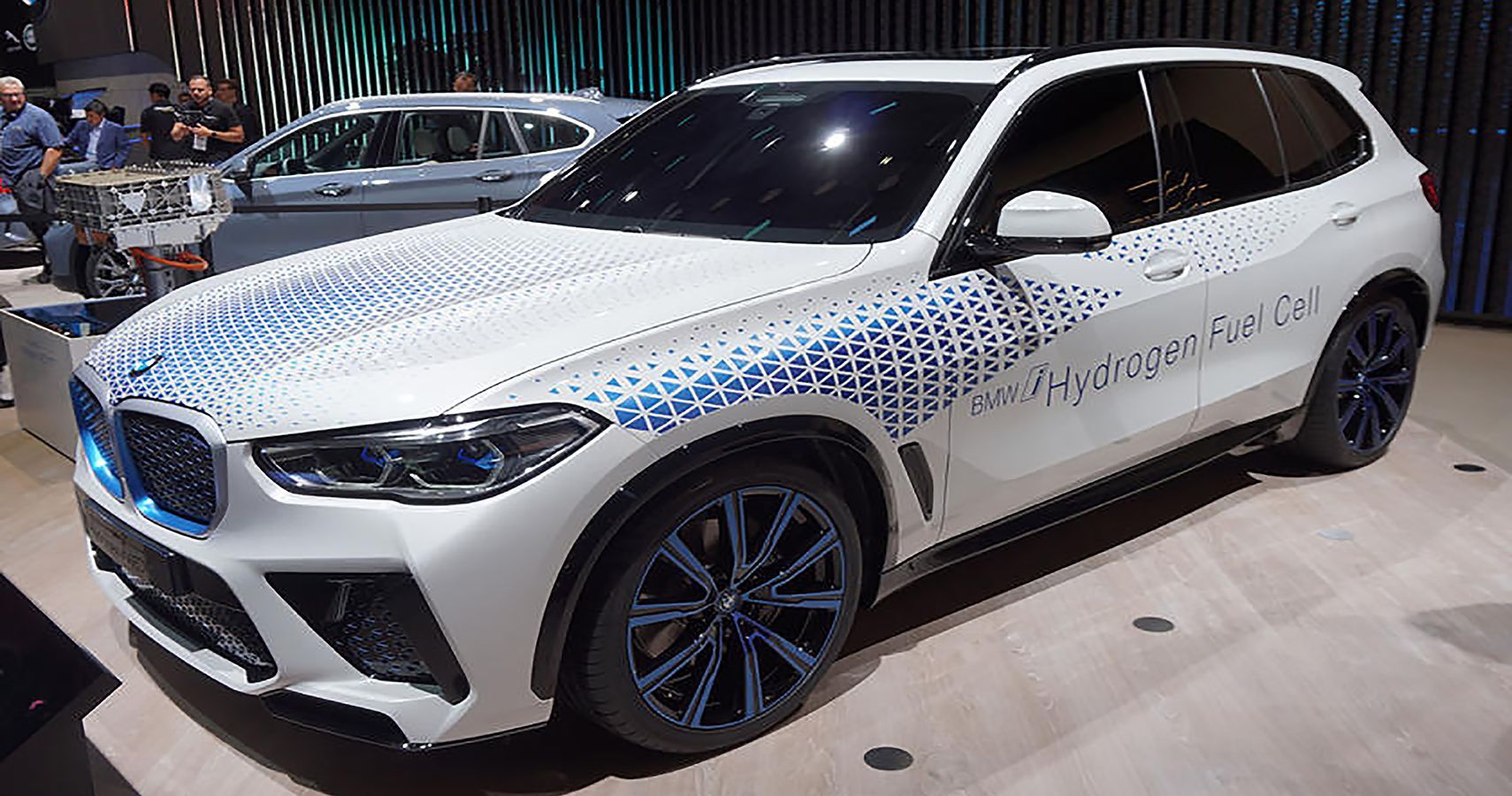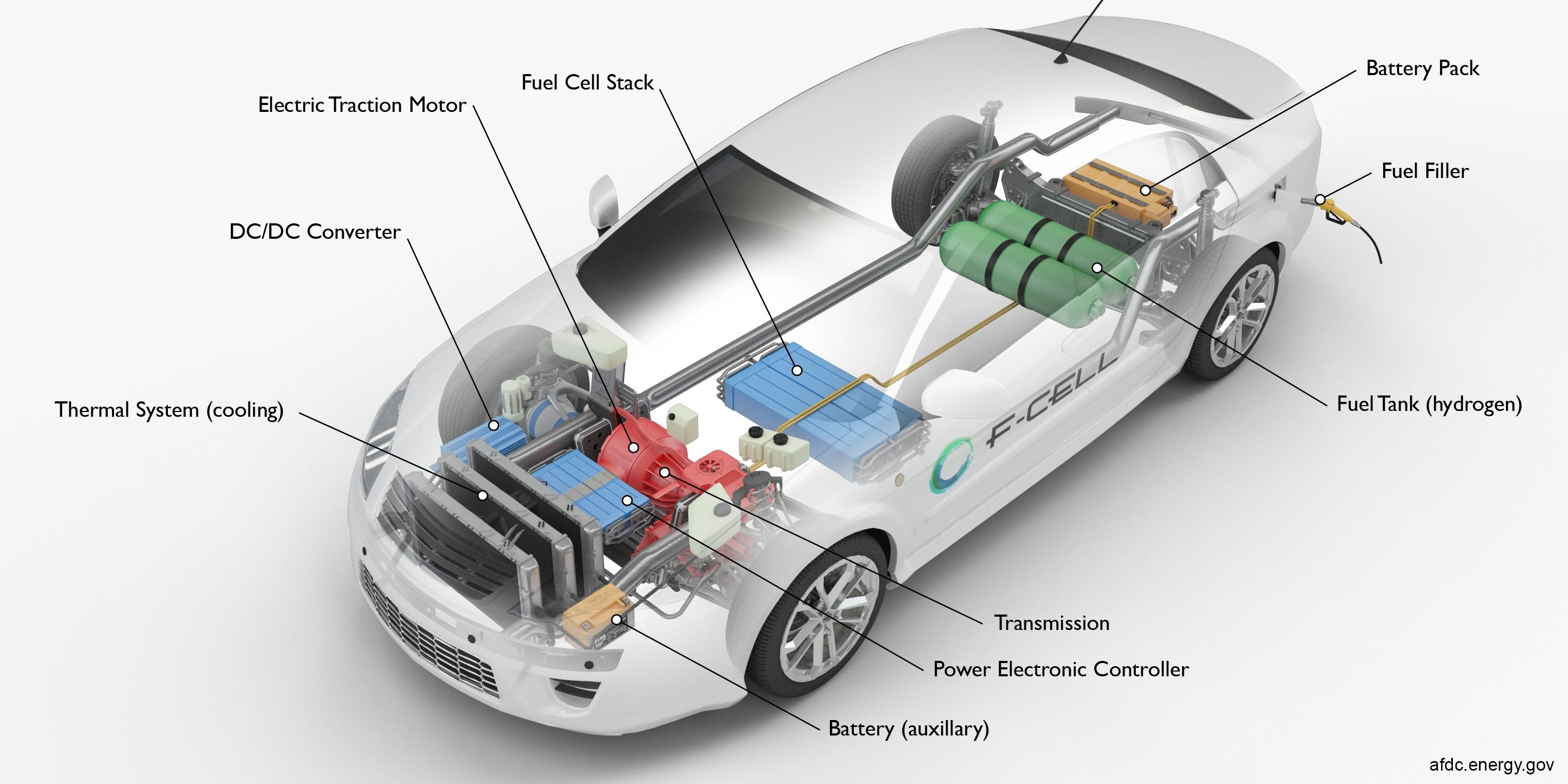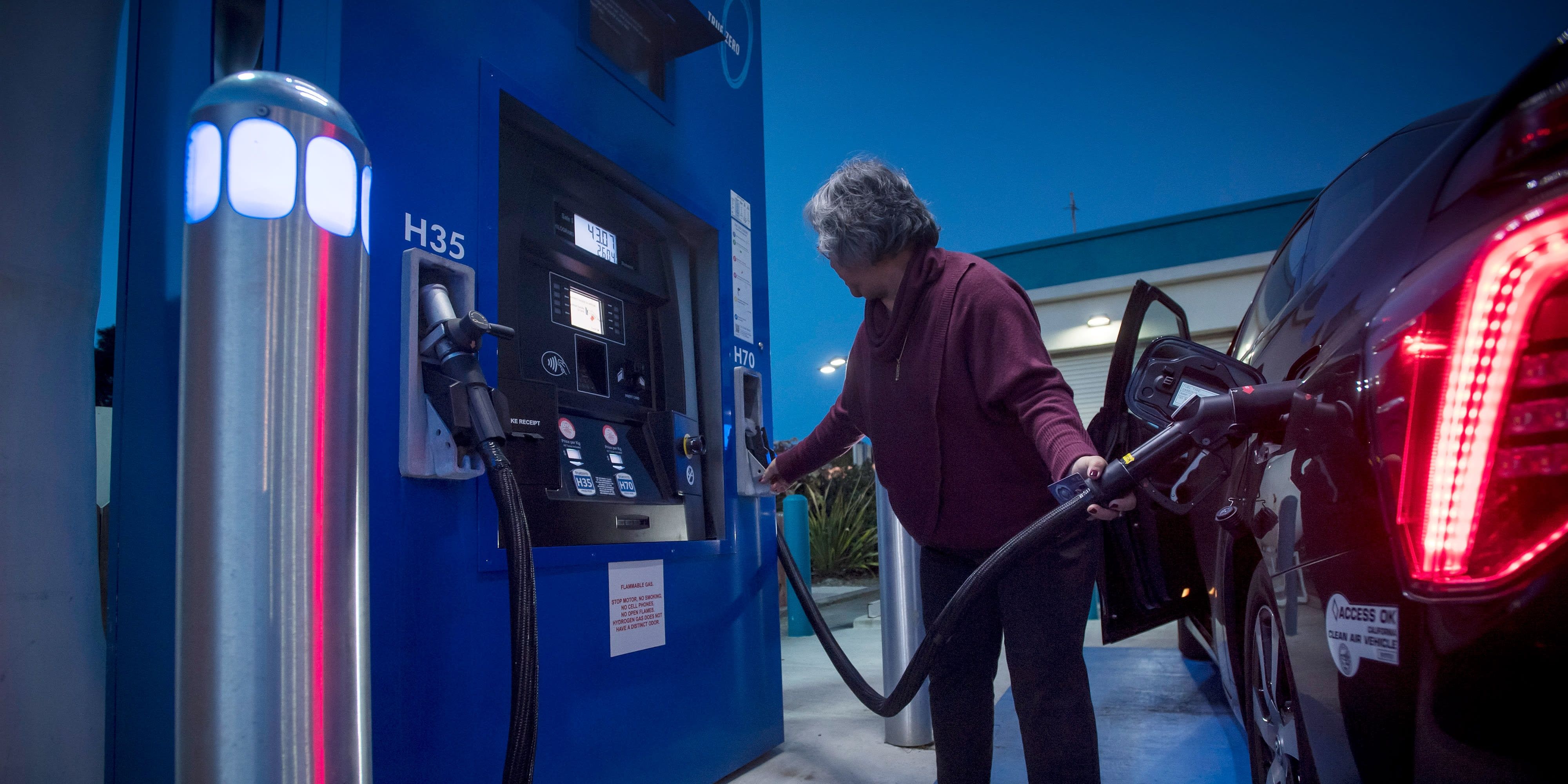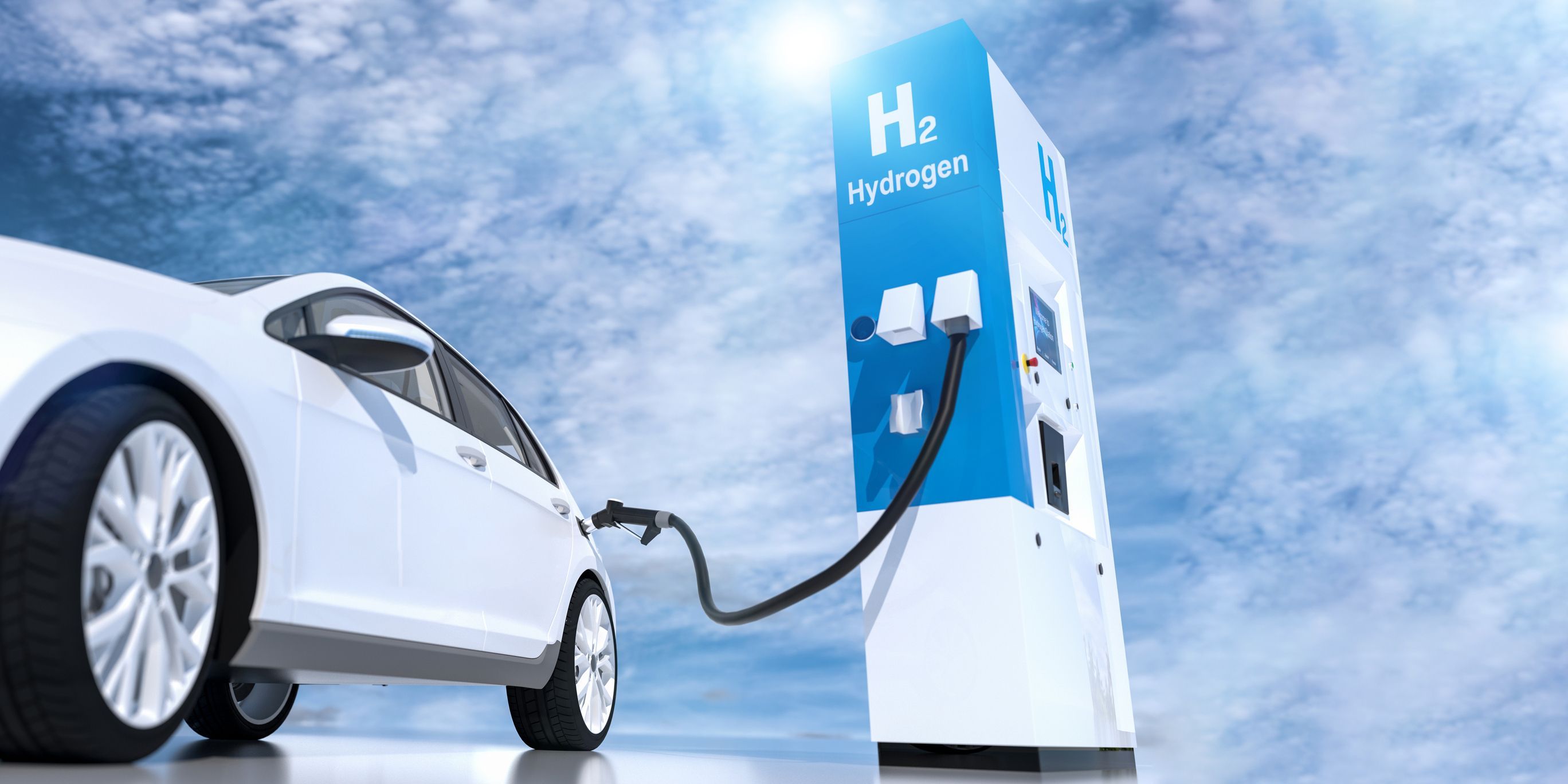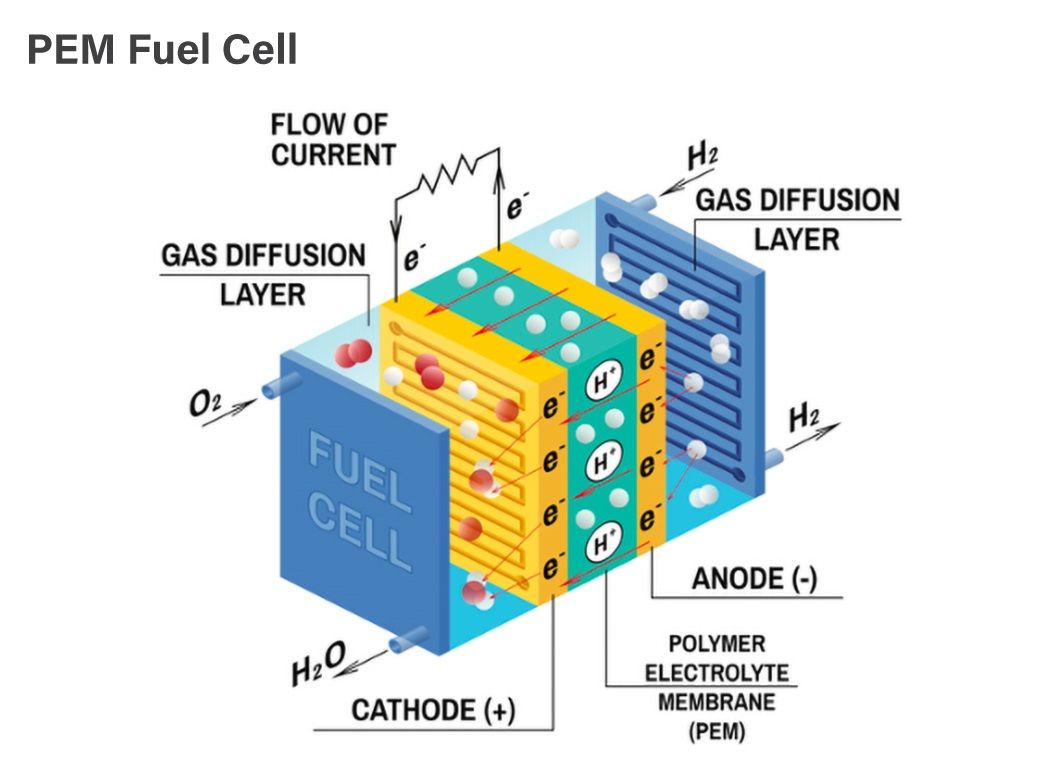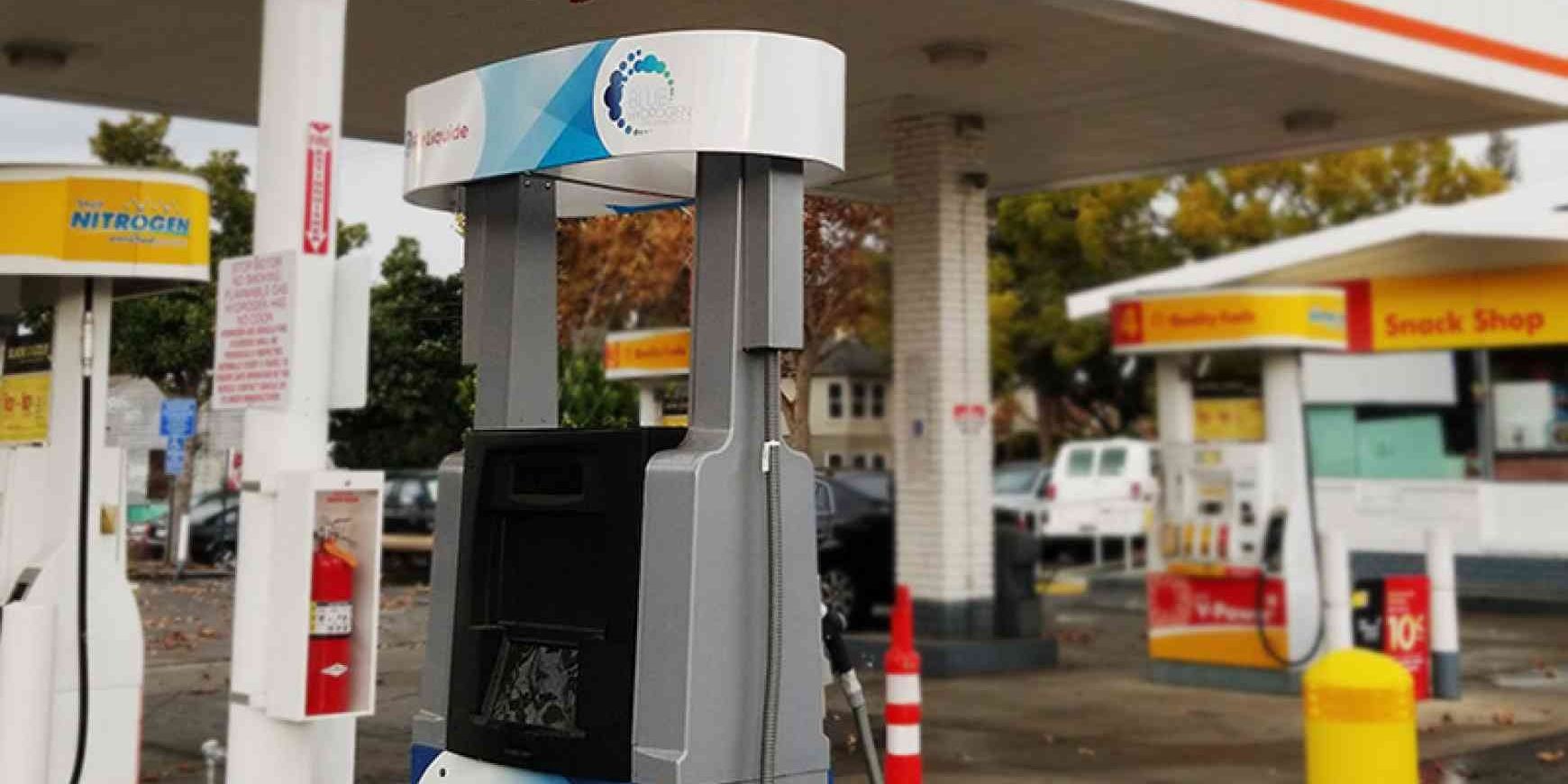We all believe that global warming is a big deal now, and we all will at some point, have to change to electric cars in the future. But is it the only thing in store for us? Short answer: Most certainly not! Because we have Hydrogen Fuel Cell Vehicles available in the market already! Major automotive brands like Toyota, Honda, and Hyundai already have vehicles for sale, while others are already testing their versions of Hydrogen FCEV. As of December 2020, Hydrogen FCEVs are only sold in CA. But, the market is constantly growing and the vehicles will be available in more and more states in the future.
Let’s take a look at hydrogen fuel cell vehicles and find out what they are all about.
Hydrogen Fuel Cell Vehicles V.s Electric Vehicles; How Do They Differ?
The main difference is how they store the energy in the first place. In BEVs like a Tesla, you get a big set of Lithium-Ion batteries that store electricity. In the case of FCEVs, electricity is not stored but rather generated whenever needed. The hydrogen stored in a tank is taken through a chemical reaction with oxygen taken from the environment. The reaction produces 3 things: Electricity, heat, and water. The electricity is sent to the motors that run the car. Water and heat will form water vapors that are emitted out. There is a small battery as well, although nowhere near as big as found in EVs.
How Do Hydrogen Fuel Cell Vehicles Perform?
Currently, the performance aspect of FCEV is nothing to brag about. While we see electric cars shredding 0-60 times with each new model, the same cannot be said about their hydrogen-powered counterparts. One of the commercially available cars, the Toyota Mirai, is a prime example of that. The folks at Toyota estimate it will take approximately 9.2 seconds for the Mirai to go from stationary to 60 mph. Out of the 3 mainstream FCEVs available in the market, the quickest is Honda Clarity, which still takes 8.1 seconds to reach 60 miles per hour. The first generation of the Hyundai Nexo took a leisurely 9.5 seconds to get to the speeds of 60 miles an hour. A possible reason behind this is, in EVs, all energy stored is readily available, waiting to be utilized. If you want more power, you crank up the wattage and achieve more power for a shorter amount of time rather than less power over a longer duration. That is why the faster the car is going, the shorter its range becomes. With FCEVs, the energy needs to be generated before being used. And no matter how much hydrogen it leaves in the tank, you can only use so much of it to make a chemical reaction with oxygen to create electricity. Top speed is not so great either.
How Much Range Do Hydrogen Fuel Cell Vehicles Offer?
This is where FCEVs shine at their best. Because hydrogen in the tank is densely packed, the range can be a whopping 400 miles easily. You may think that EVs are having a similar bracket of range these days, so what gives hydrogen cars the edge? It’s the refueling time. While EVs can take up to half an hour to completely charge their batteries, hydrogen vehicles can easily fill up in as quickly as 5 minutes. That is Gasoline engine car territory right there. So you get the range of an electric vehicle and the refueling time of a gasoline vehicle, best of both worlds! The only drawback right now: As of February 2021, there are only about 50 hydrogen gas stations available in the North American subcontinent. Most of which are in urban California. You can check how many hydrogen fuel stations are available in the US and Canada right here.
Is Hydrogen Fuel Safe?
It is well known that Hydrogen is a flammable gas, and at any point of driving, there will be both hydrogen and oxygen present in the fusion motor. But it can be said that it is generally about as safe as a Gasoline powered car. EVs have a big stack of batteries that are susceptible to catch fire upon an accident. They are located underneath the car so the heat of the fire will directly engulf the people inside it. Hydrogen tanks are smaller and located near the back of the car like gasoline tanks. But gasoline tanks of similar size contain 2-3 times more energy than hydrogen tanks. Moreover, hydrogen is one of the lightest elements in the air so most of the vapor will shoot to the sky if there is a leak. Even if there is combustion, all the hydrogen will completely burn up and be over within 60 seconds. IC engine cars fuel will keep on burning for a longer duration which will pose more threat to the people stuck inside. There was a test that had live gunfire shot at the hydrogen tank in order to pierce it. The result: Most of the gas escaped into the sky before any explosive pressure could build up inside. Additionally, there are various safety features fitted to the cars themselves like hydrogen sensors that will detect any leaks or build-ups of pressure that might cause any danger and sound alarm and seal off fuel lines upon detection.
Is Hydrogen Fuel Cell The Future?
The 3 available cars in the market(Honda Clarity, Hyundai Nexo, and Toyota Mirai) all sell for around $60,000. Which is not cheap by any means. The hydrogen itself is sold for around $10 per kilogram. The efficiency is good with around 70 miles per kilogram.
Right now, it does not seem like a feasible purchase, but the production times are decreasing, fuel stations are increasing and prices will be dropping. Hence, there seems to be a future for these vehicles, and a government project like FCEV taxis might actually turn out to be a great idea to decrease emissions and increase profits.

